


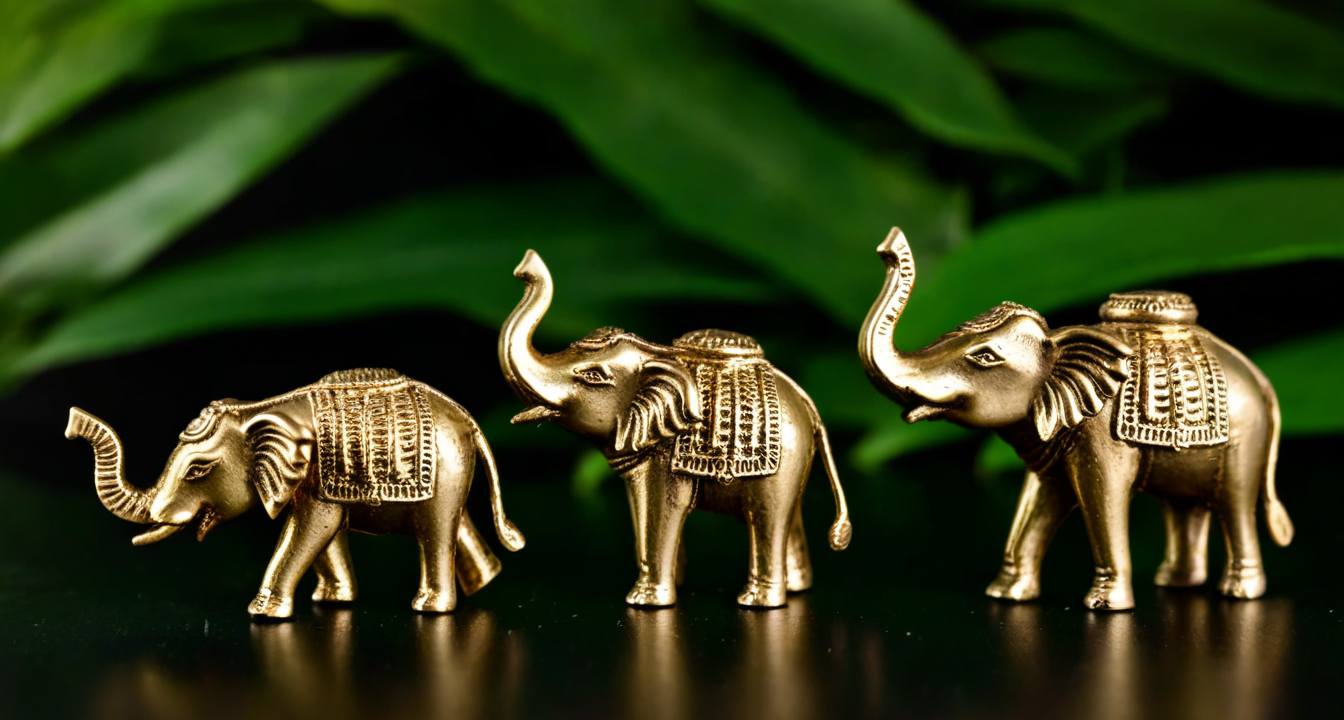
171 products
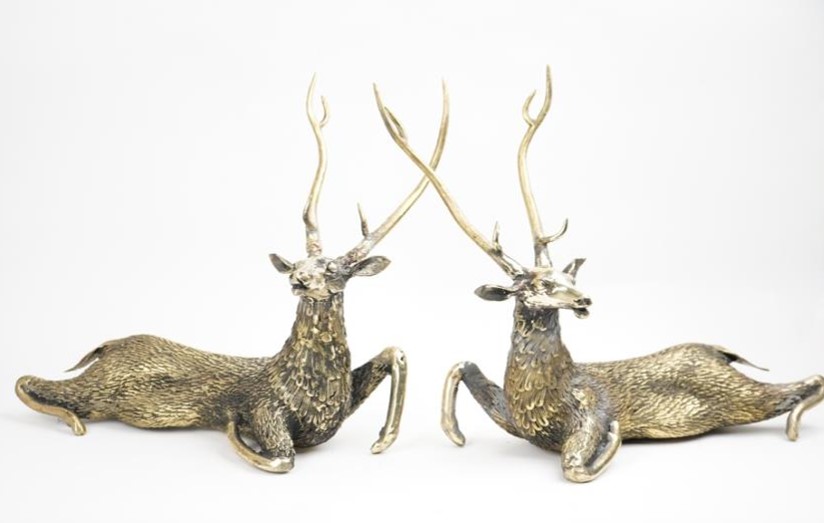
129 products

49 products

79 products

14 products
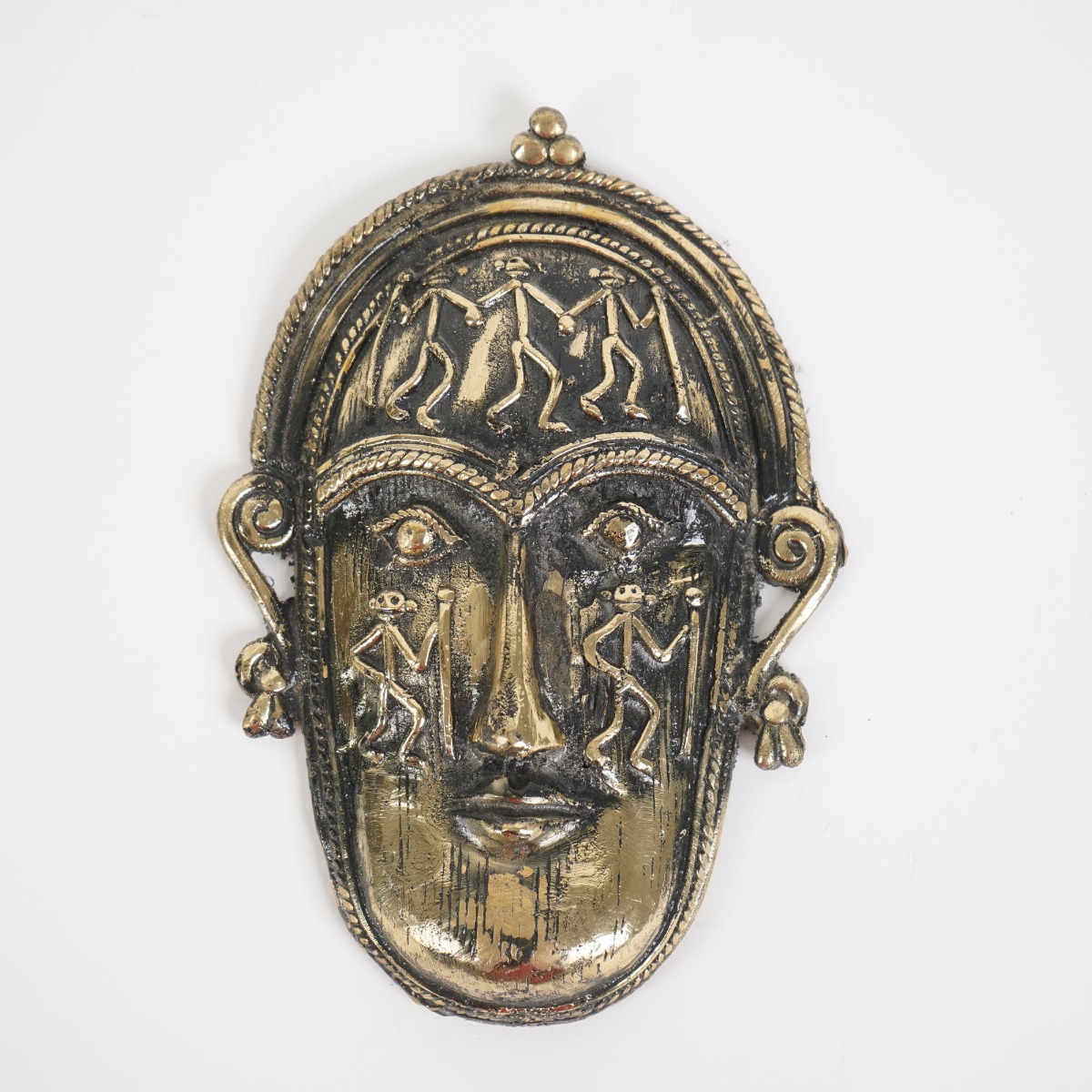
28 products
Showing 1–12 of 23 results
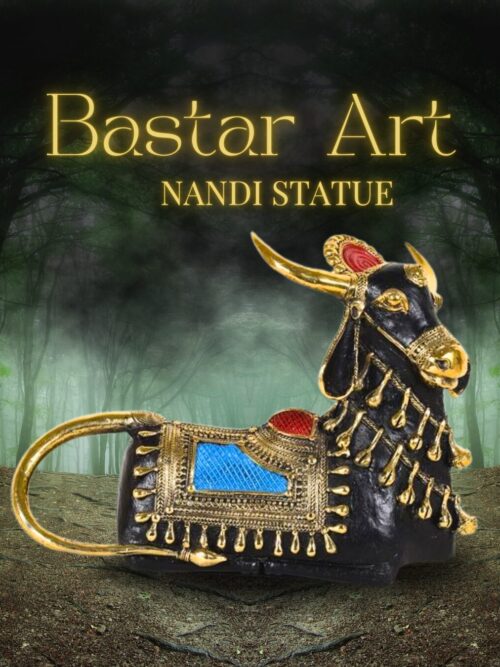
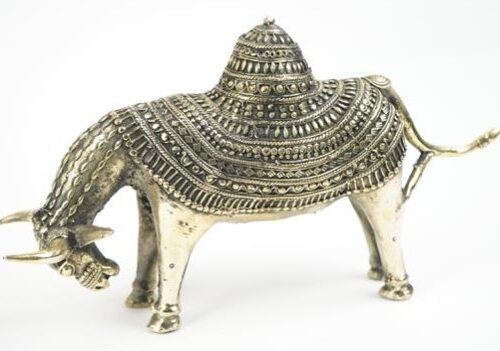

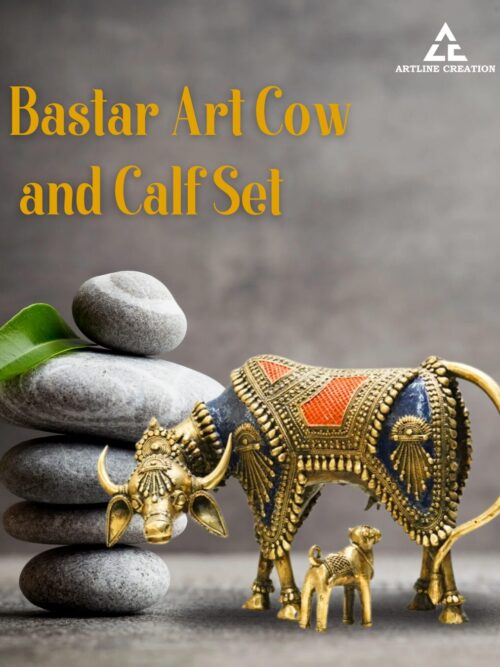
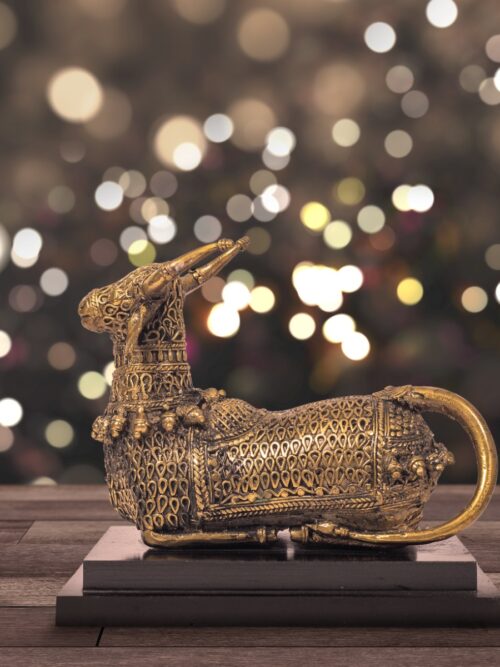
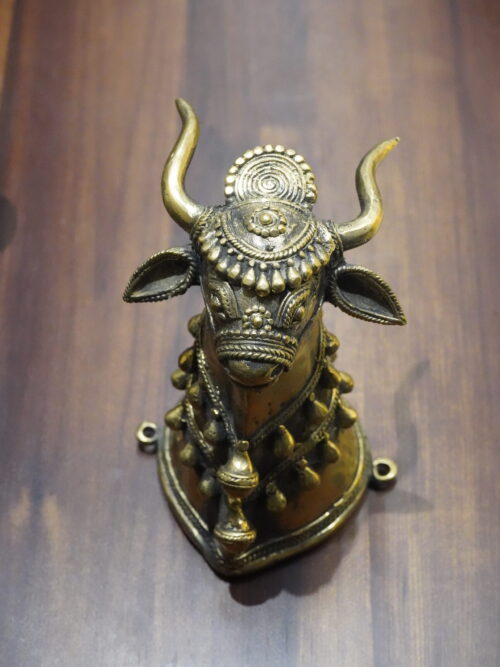
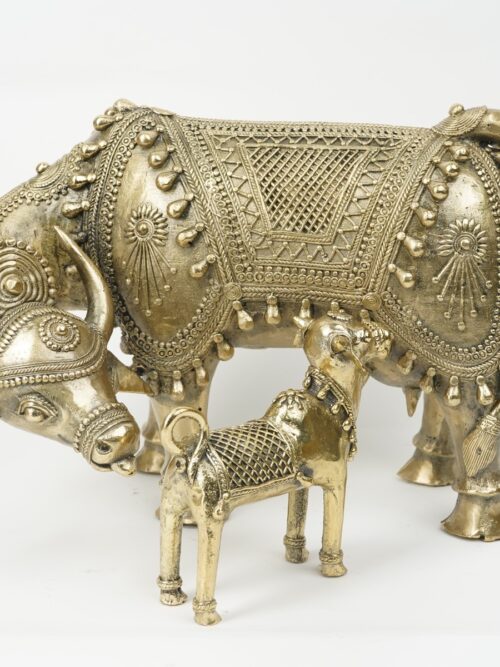
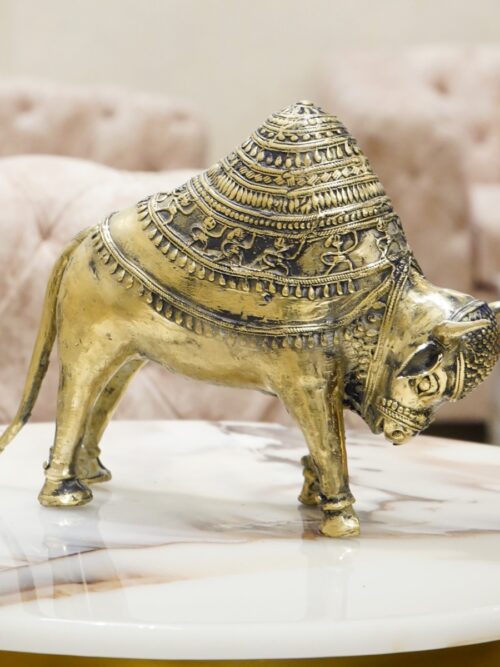
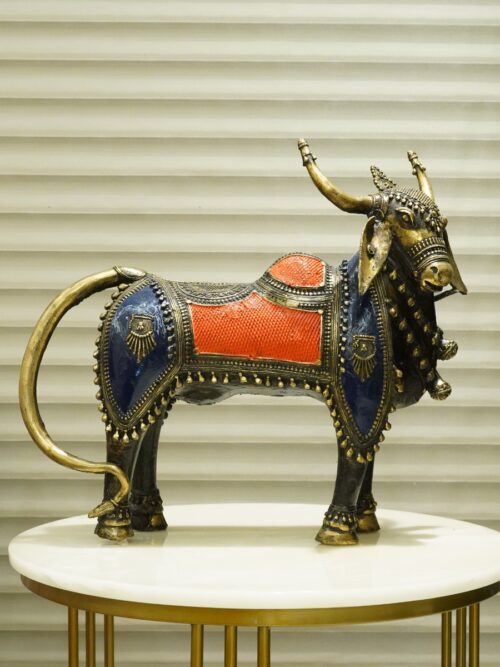
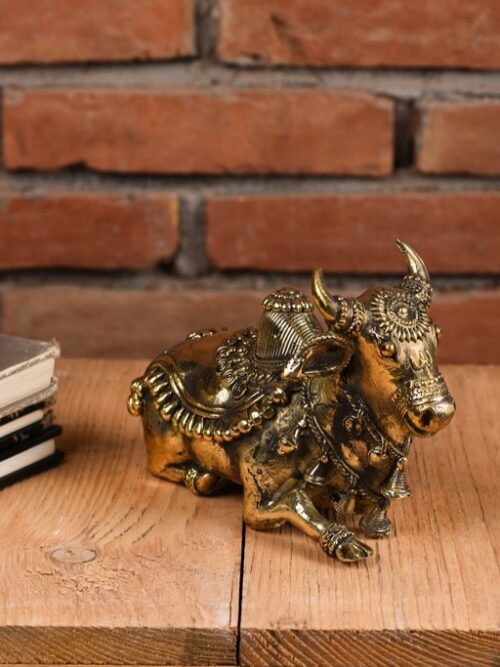
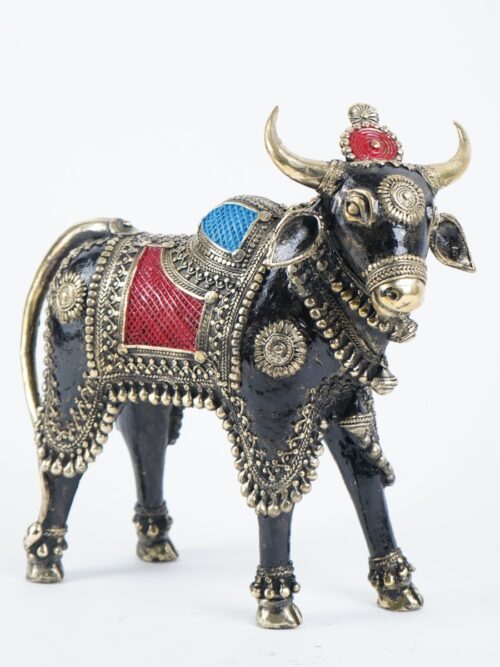

Nandi, often shown as a bull, is a well-loved symbol in many parts of India. Known for his link to Lord Shiva, Nandi carries deep spiritual and cultural importance. People who follow certain Indian traditions see him not just as an animal figure but also as a gatekeeper, a devotee, and a constant companion of Shiva. Over time, artists have created many representations of Nandi in metal, stone, and other materials. One such form is the Dhokra style, which is an ancient metalcasting technique. The Dhokra version of Nandi captures both the artistic skills of tribal craftsmen and the spiritual meaning behind this sacred bull.
In the sections below, we will look at Nandi’s cultural role, how Dhokra artisans craft these sacred bull figures, and where you can find these items for personal use or as gifts. We will also talk about why ArtlineCreation.in has become a popular choice for people across India who want to buy Dhokra art. By the end, you will understand how a Nandi Dhokra piece can be a strong part of home decor or a meaningful gift for special events.
Nandi holds a special place in Hindu customs. Seen as Lord Shiva’s vehicle and his loyal helper, this sacred bull represents devotion, patience, and faith. Many temples dedicated to Shiva have a statue of Nandi in front of the main shrine, where visitors can offer prayers. The bull’s calm posture is often interpreted as complete surrender to the divine. In some stories, Nandi also acts as a teacher who shares knowledge with worshippers who are willing to listen.
Because Nandi is a symbol of dedication, respect, and care, people like to keep images or statues of this bull in their homes. These figures can remind them of positive qualities such as loyalty, humility, and strength. Placing a Nandi figure in a living room or near an entrance can be a way to bring peaceful vibes into the environment.
Dhokra art is a metalcasting craft that has been practiced in parts of India for over 4,000 years. It is closely linked to tribal communities in states like West Bengal, Odisha, and Chhattisgarh. The name “Dhokra” originates from the Dhokra Damar tribes, who have passed down their techniques from one generation to another. These artisans make use of the “lost wax” method, a detailed and slow process that produces sculptures with one-of-a-kind shapes and patterns.
The “lost wax” process involves creating a model out of wax, building a clay mold around it, and then heating the mold so the wax melts away. Afterward, molten metal—often a mix of copper and tin—is poured into the empty space left behind by the wax. When the metal cools, the clay mold is broken to reveal the final piece. This method ensures that every Dhokra figure is different, with small imperfections that actually add to the uniqueness of the art.
Nandi is a beloved motif for many Indian artisans, and Dhokra craftsmen are no exception. Since Dhokra art often represents tribal life, mythology, and nature, including Nandi feels natural because of his longstanding cultural roots. A Nandi sculpture in Dhokra style merges spiritual symbolism with the handmade appeal that makes this art form special.
When you see a Nandi Dhokra piece, you might notice details like patterned horns, decorative motifs on the bull’s body, and an expressive face. These are hallmarks of Dhokra design, where artisans carve or model intricate lines into the wax before the final metal casting. Because the style is rustic, the final piece often looks slightly raw, which many collectors find very appealing.
Making a Nandi figure in the Dhokra tradition involves several steps. While the lost wax method stays consistent, the details can vary from one artisan to another:
This labor-intensive procedure can take days or even weeks, depending on the sculpture’s size and intricacy. The end product is always unique, reflecting the personal style and skill of the individual craftsman.
If you are interested in adding a Dhokra Nandi to your home or gifting it to someone, you have many choices. Different sizes and designs are available, from small tabletop pieces to larger statues that can fill a room with their presence. Some people like minimalistic designs where the bull is simply sitting, while others prefer more elaborate versions adorned with tribal patterns and detailed features.
When you see the phrase “nandi-sacred-bull Dhokra art for sale,” you are likely to encounter both online and offline stores. Local craft shops and fairs sometimes showcase these items, especially in regions known for Dhokra work. Alternatively, online marketplaces offer a variety of Nandi sculptures that can be shipped across India and even internationally. Prices can depend on size, detailing, and the recognition of the artisan or brand selling it.
It is helpful to consider your budget and the space where you plan to place the statue. A small, basic piece might be good for a desk or shelf, while a larger, more ornamental piece may fit well in a living room or on a mantel. You can also think about pairing the sculpture with other Indian crafts or spiritual icons for a themed arrangement.
India has many regions that specialize in traditional metal crafts, so it is not difficult to find a Nandi Dhokra statue if you know where to look. Cities like Delhi, Kolkata, and Mumbai have craft boutiques where you can explore various styles. Some local shops focus mostly on tribal art, offering a range of Dhokra pieces that might include Nandi in different forms.
Visiting craft fairs is another way to find these statues. Artisans sometimes travel from rural areas to metropolitan centers to attend such events, allowing direct interaction with potential buyers. This means you can ask about the inspiration behind the piece, how long it took to create, or even request certain modifications if the artisan is open to custom orders. However, if traveling to these places is not convenient, online stores can help bridge the gap.
Among the many online platforms where you can buy Dhokra art, ArtlineCreation.in is often mentioned as a top choice. This website is known for offering a wide variety of handmade items sourced from different parts of India. Here are a few reasons people like to shop for Nandi Dhokra pieces on ArtlineCreation.in:
Because of these factors, many collectors and enthusiasts consider ArtlineCreation.in a reliable site for buying Nandi-Sacred-Bull Dhokra art and other handcrafted creations.
There are multiple ways to place a Nandi Dhokra statue in your home:
Some individuals do not just buy a single Nandi Dhokra piece; they collect multiple designs. This can be due to:
Whether you buy one piece or several, each Nandi statue carries its own story, shaped by the hands of a skilled craftsperson who has spent years honing their craft.
Though Dhokra items are made of durable metal, a little care can go a long way toward keeping them in good shape:
Following these basic steps will help your Nandi Dhokra figure remain appealing for many years. You can place it in different locations over time without worrying much about wear and tear.
A Nandi Dhokra statue can be an interesting gift idea for various occasions:
When gifting a Dhokra statue, you might include a small card explaining the history of the craft, along with the spiritual meaning of Nandi. This can make the gift even more personal, letting the receiver know why you chose this piece for them.
Nandi, the sacred bull, is more than just a figure from Indian stories. He stands for dedication, trust, and peace. When combined with the Dhokra tradition of metalcasting, Nandi statues take on a fresh dimension, bridging old spiritual ideas with handcrafted artistry. Each piece tells a story—both the story of Nandi’s role in Indian spiritual life and the story of the artisan who spent hours shaping, carving, and casting the metal.
Today, owning a Nandi Dhokra statue can mean many things. It might serve as a daily reminder of faith or a way to include meaningful symbols in your interior design. It can also be a long-lasting piece of art that supports small-scale craftspeople. If you have been looking for a Nandi figure or want to add more items to your collection, you will find many choices through local shops, craft fairs, and online platforms. Among these, ArtlineCreation.in stands out as a website that is widely recognized for offering genuine and varied Dhokra works across India.
As you think about placing a Nandi statue in your home or workplace, keep in mind the cultural significance and the hard work that goes into every piece. Whether you pick a small one for a desk or a larger one for your living room, a Nandi Dhokra figure can be a source of calm, an object of admiration, or a heartfelt gift for someone special. In a fast-paced world, having a piece of traditional art like this can bring a quiet sense of continuity and remind us of the values that guide us through life.
1. Are all Nandi Dhokra statues the same?
No. Every Dhokra statue is made using the lost wax technique, so each piece has slight differences in shape, size, and detailing. Even if two pieces look similar, you might notice small variations upon closer inspection.
2. Do I need to follow specific rules when placing a Nandi statue at home?
There are no strict, universal rules. In many homes, Nandi is placed in a respectful spot such as a living room shelf, entryway, or puja room. The aim is to let it remind you of good qualities like loyalty and calmness.
3. How do I know if the Nandi Dhokra piece is genuine?
Look for signs of handmade work, such as uneven but natural-looking surfaces or tiny imperfections that show human touch. Buying from a trusted seller like ArtlineCreation.in can also help ensure authenticity.
4. Can Nandi Dhokra statues be kept outdoors?
You can keep them in a sheltered outdoor area. However, exposure to heavy rain or harsh sunlight could affect the metal’s surface. If you want to place it outdoors, make sure it is protected from extreme weather.
5. Is it possible to polish a Nandi Dhokra figure if it looks dull?
Yes, you can use a mild metal polish if you prefer a shinier finish. Some people like a natural patina, so you can also leave it as is. If you do polish it, start with a small, hidden section to check the results before polishing the entire surface.